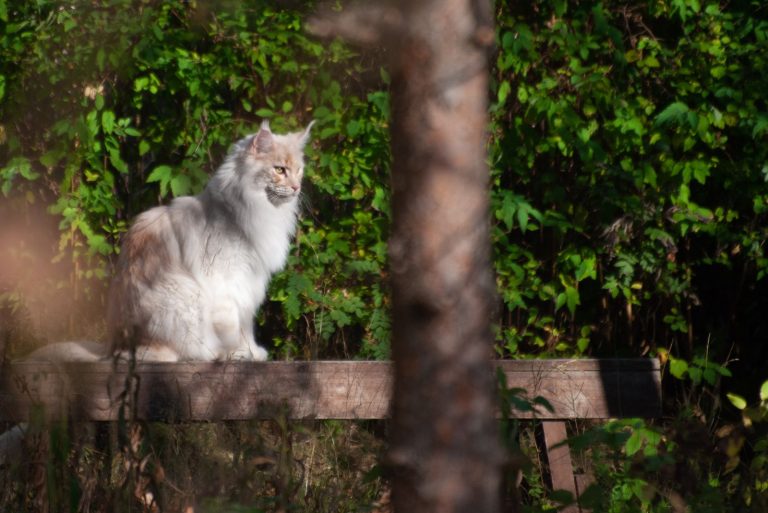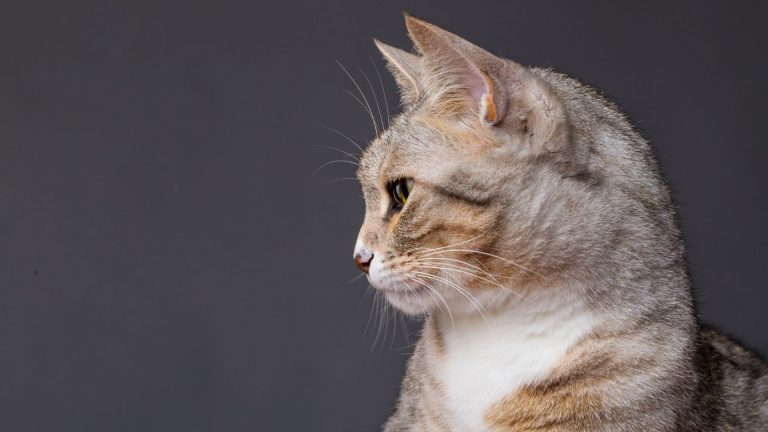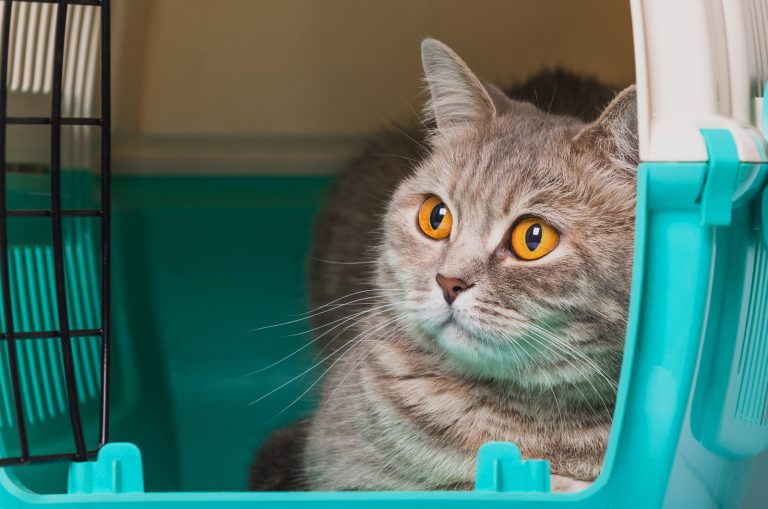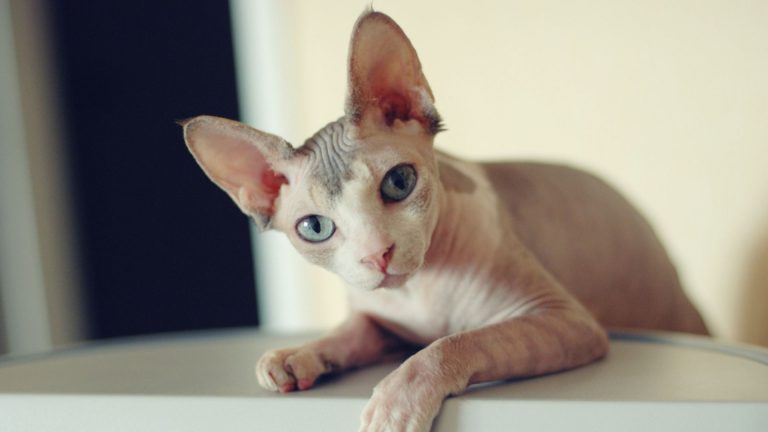Why Do Cats Like Strings? Is Playtime With A String Good?
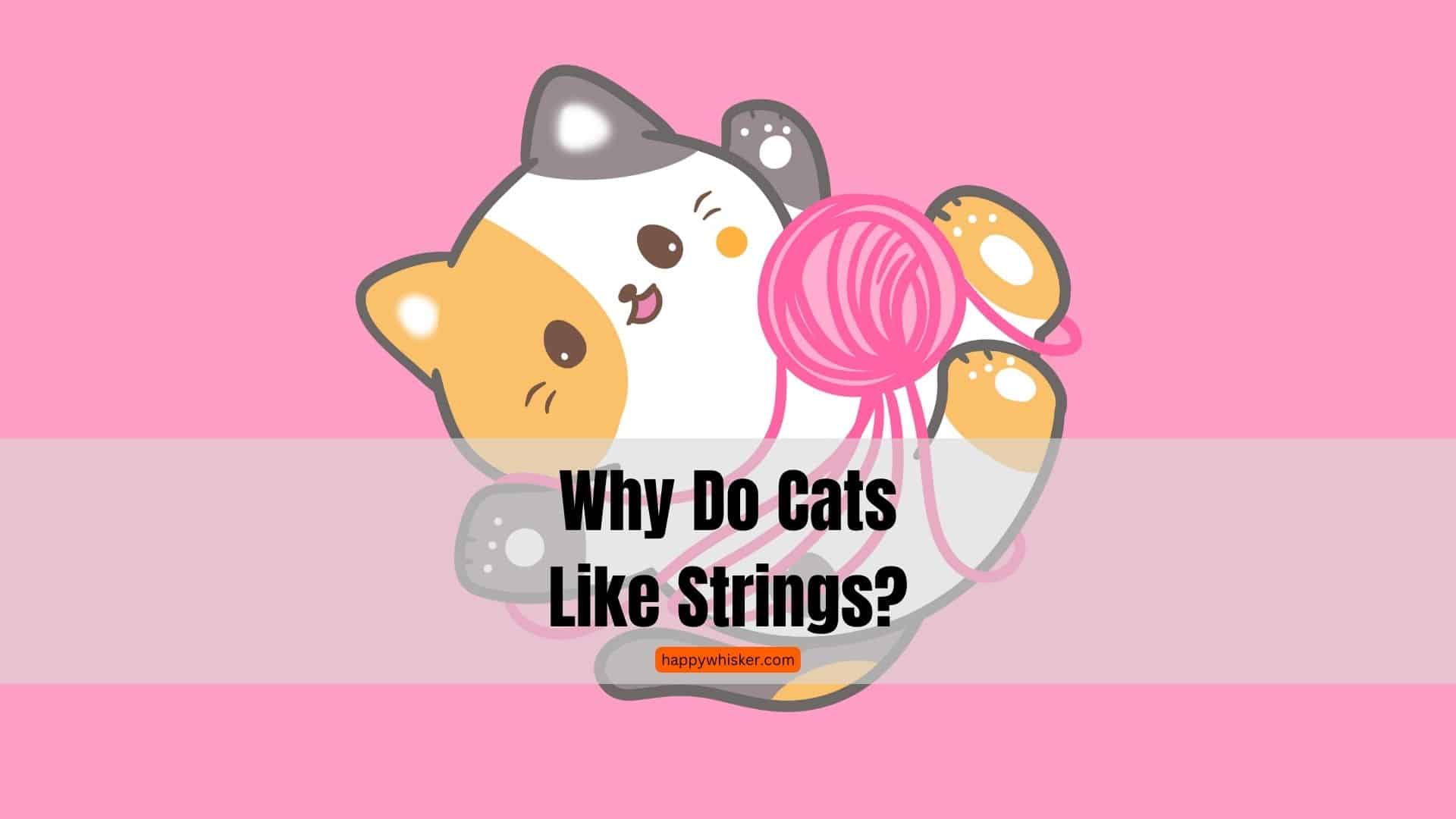
Ah, cats and their choices! You know me and how I love my cats. And it’s not surprising that the six cats I’ve been living with have exhausted each and every source of entertainment.
Besides all the cat toys and bric-a-brac, your cat will always find something of no value to play with. We all know that cats love boxes; no matter how expensive or soft and comfy their cat bed is, cats will chill out in a random box in the house.
But why exactly do cats like to play with strings? You can take a piece of string, and your cat will go into crazy mode and play for days on end.
Continue reading to find out exactly why do cats like strings and how you can shake up your playtime with them even more!
P.s. I hope you’ll like these adorable pictures I’ve made specially for you.
Why Do Cats Like Strings?

Cats are natural hunters who like chasing toys around. While most owners are dissatisfied with the lack of interest a new cat toy gets, most of us are amazed by how much delight they get from something as basic as a bit of string or a ball of yarn.
Contrary to how you may feel when a pricey scratching post sits unused in the corner, your cat does not play with string to annoy you.
The act of tossing the string and chasing it provides them with a lot of physical and mental activity, and it closely resembles natural hunting.
Cats mostly love to play with strings because you are a part of the game, and you make the string look like it’s alive. Your cat can pounce on it, catch it and chase it around, plus it resembles a mouse tail.
See also: Why Are Cats So Cute? 14 Reasons For Incredible Cuteness
Reasons Why Our Cats Love String
Cats enjoy play sessions with a string because it is entertaining, can be used to simulate hunting, and the movement of the string draws your cat’s interest.
While playing with yarn or other stringy things might help your cat, you should keep track of how much time they spend doing so.
If your cat eats a piece of string, keep an eye out for signs of obstruction and keep a pair of scissors on hand to cut the thread free if it becomes entangled around the cat’s neck, leg, or another part of its body.
1. Your Cat Must Go After A Moving Object
When it comes to static objects, a cat’s vision is inferior to that of a human. In fact, feline vision is extremely sensitive to motion.
Pulling or twitching the thread on the end of a stick can attract your cat’s interest and encourage them to rush about and hunt the exciting small piece of expected prey. It’s as simple as that; cats must chase anything that moves.
Even if you stop wiggling the string, your cat will be able to pick it up and hurl it about, replicating the movement of a small animal. I don’t know about you, but I love playtime with strings.
2. Cats Are Born Hunters
Cats are predators. They would have hunted rats and tiny animals if they lived in the wild. Depending on where they lived and what was accessible, they may have also eaten insects and other small creatures.
The domestic cat only has to chase a food bowl to receive its meal and this leaves certain basic impulses unsatisfied.
A string is tiny and convenient to fling about. It twitches and replicates many of the motions that a tiny animal might make when attempting to flee.
3. Cats Love To Play
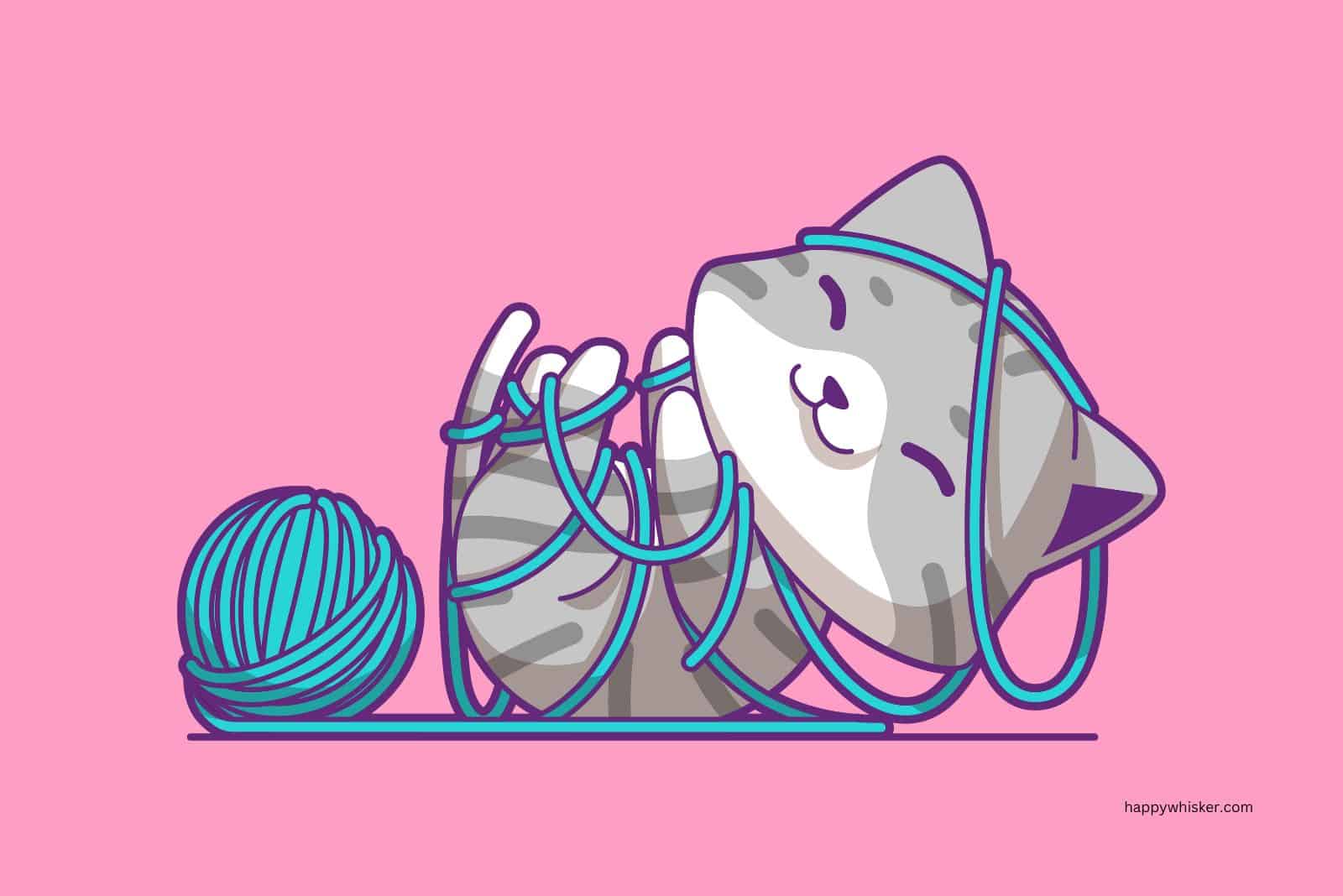
Most cats are happy, inquisitive, and lively little creatures. Your cat is probably many generations away from its wild ancestors, which means it loses some of its predecessors’ natural hunting instincts.
Still, among other things, the domestic cat’s favorite pleasure is playing, and this is why they throw items off tables and hunt them down.
It’s why some extremely lively cats may initiate playtime with other cats, you, your children, and even the family dog. That’s precisely why they like chasing a piece of string.
4. Cats Love To Pounce And Claw At It
Cats are also quite tactile, with nails and claws that are excellent at grabbing onto and retaining things. Your string may be thin, but it has the perfect texture for your cat to dig its claws into.
Even though many cats play with ribbons or other smooth materials and objects, they’re more likely to engage in playtime with a string.
5. A String Stimulates Your Cat’s Brain
Cats get bored quickly since they are energetic and active creatures, some more than others. When they get bored, they may engage in undesired behavior, such as clawing at your furniture or even being aggressive toward family members or other pets.
Hunting and preying on small items, such as pieces of thread, not only exercises your cat’s body and keeps your cat physically healthy, but it also offers your cat something to do and stimulates its brain.
Playing with a string helps keep your cat entertained, plus it may help keep your cat healthy, fit, and young.
6. A Piece Of String Resembles A Mouse Tail
Most cat instincts revolve around hunting, and that small thread length may resemble the tail of their prey or, at the very least, another cat’s tail. Also, it can resemble your cat’s own tail.
Cats like chasing their tails, maybe because that, too, mimics real prey. Your cat keeps its hunting abilities fresh and sharp while playing with its tail. Adult cats frequently outgrow the phase of playing with their own tails, but it’s different with a string.
Playing with a string is easier and more fun than a cat’s tail. Once your cat bites the string, it won’t hurt, and if they bite their tail, well, you can understand the difference.
When they notice the string moving, they instantly leap since the tail is generally the final portion of their target and the easiest part to grab.
7. Cats Can Easily Catch It And Chew It
String not only mimics specific types of prey, but it also provides pleasure to cats in other ways. After experiencing this pleasure, cats search out the string or string-like items in order to experience it again.
Some cats become addicted to the feel or flavor of a toy, including the string. Chewing on it reinforces the concept in a cat’s head that string-like items are wonderful for hunting and killing.
Another hypothesis holds that string is a more enjoyable toy because it is quickly grabbed, ripped apart, and devoured – much like actual prey.
Some toys that cannot be broken apart or even captured (such as laser toys) do not satisfy the hunting instinct in the same way as long, thin, dangly items do.
See also: Why Is My Cat Chewing On Nothing? 14 Reasons!
Is It Good To Include Strings Into Playtime With Your Cat?
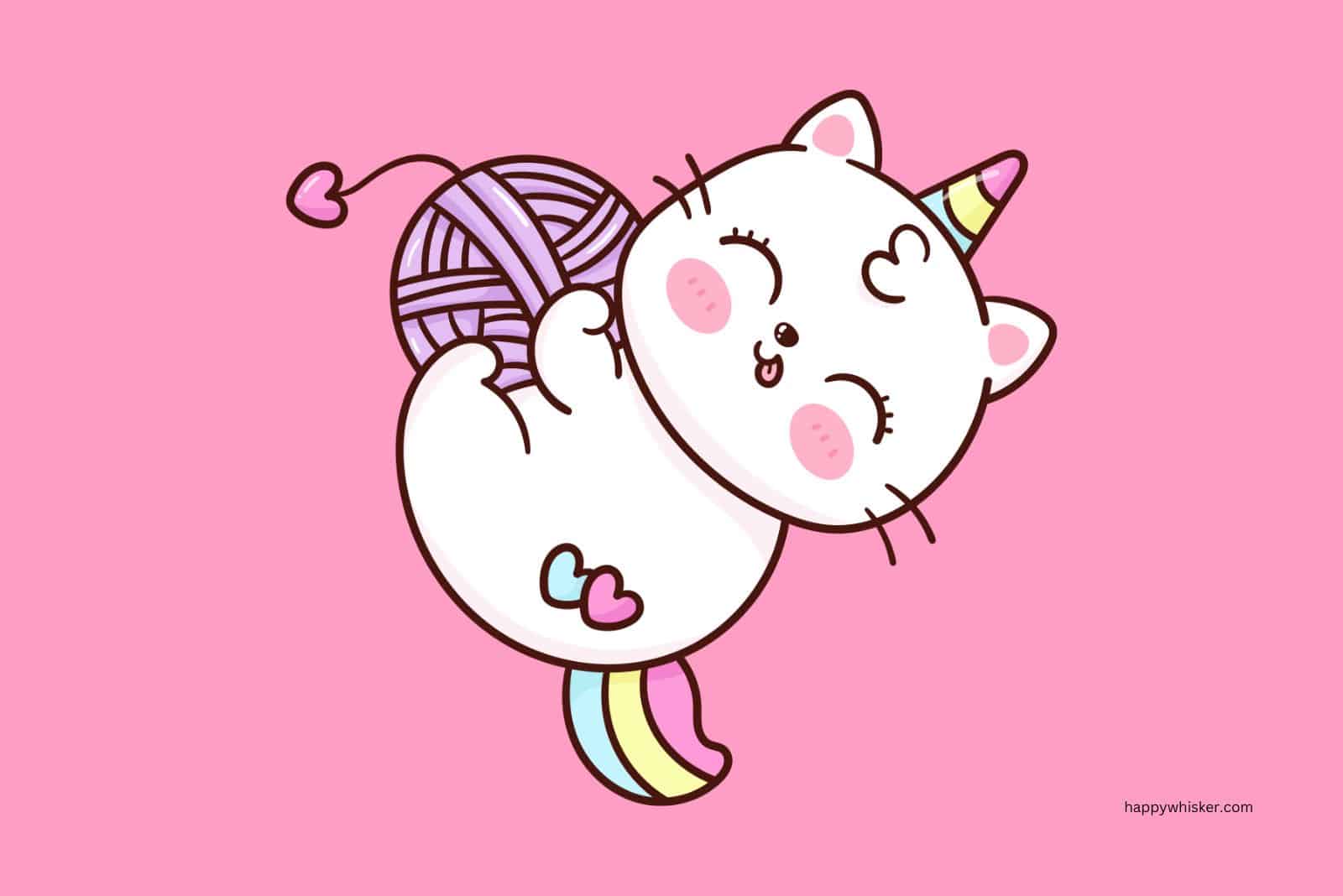
Even though your pet would do anything to chase a string, this form of entertainment can also include some health hazards. Feathers, plush toys, mice toys, yarn, and most cat toys can harm your furry friend.
Strings are not an exception to this rule. Furthermore, they may offer more severe health dangers than ordinary toys. Playing with a string has many advantages, from physical to mental stimulation, but only when you are there.
Only let your cat play with strings when you have the time to be present, engage in playtime, and see everything that your cat is doing. After you’re done, safely store the string somewhere your cat can’t get to it.
Are There Any Concerns?
Ribbons, yarn, and strings can be bad if they are too long. Your cat can then easily roll and get tangled up in them. This can lead to serious physical injuries or worse: your cat may suffocate.
Your cat can also swallow it and have it lodged in its digestive system, which can only lead to more problems. String toys can also potentially cause mental damage to your cat.
It is normal for cats to become too enthusiastic or even angry when playing with a string. However, it is risky with other pets who suffer from joint or heart issues, and if it leads to aggressive behavior, it can pose a risk to playtime with the kids.
What Can I Do If My Cat Swallows It?
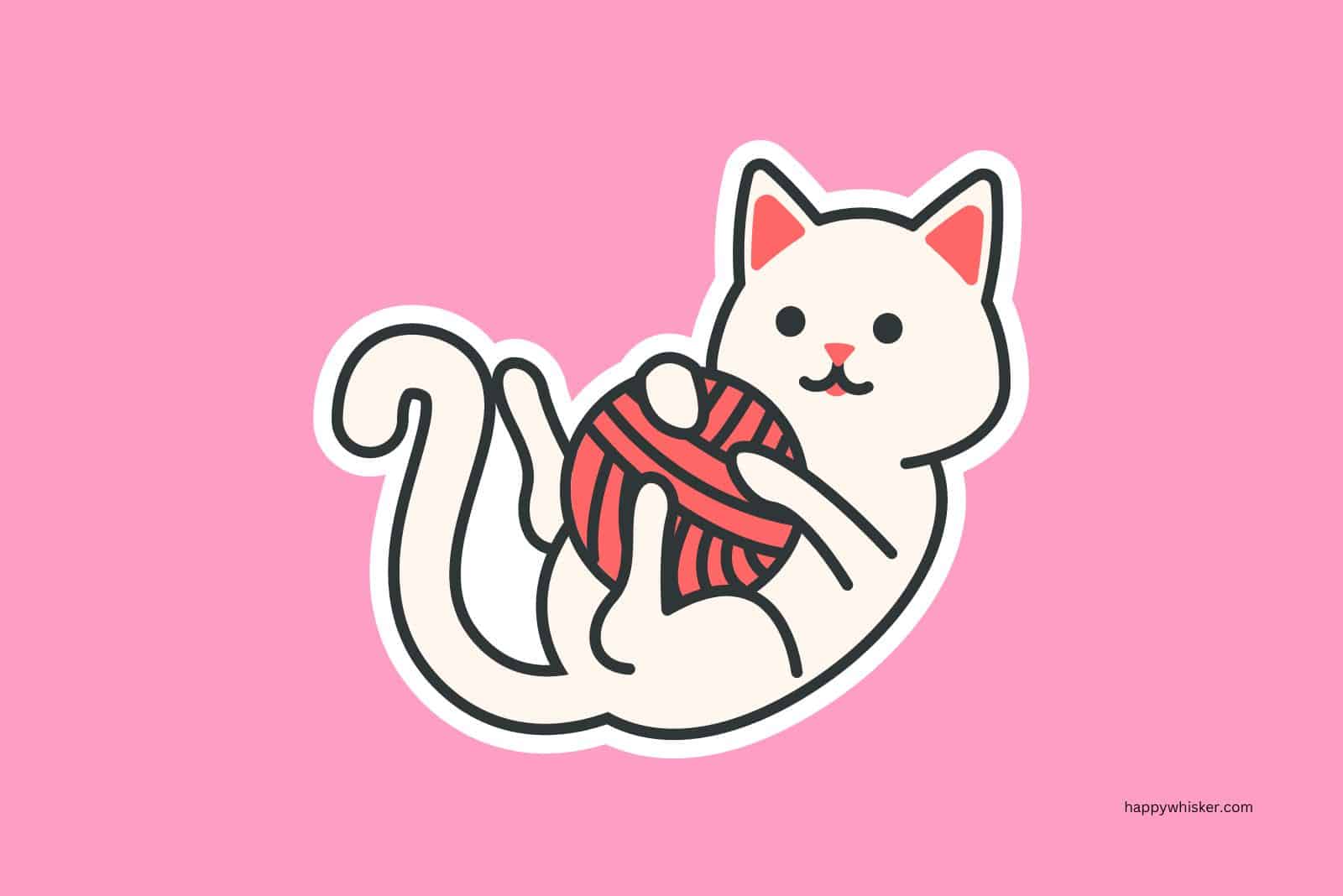
In most situations, your cat will digest the piece of string gently, generally within 10 to 24 hours. However, there are certain risks linked with eating string. Keep an eye on your cat, especially in the first several hours following the incident.
Look for indications of constipation or stomach cramps, and if your cat exhibits any of these symptoms, call your vet for further instructions on what to do.
If you notice a thread protruding out of your cat’s mouth or anus, do not attempt to pull it yourself.
This might result in significant harm. It is doubtful that the string will come loose on its own; therefore, you will need to see a veterinarian if this occurs.
Other Stringlike Items
Long strings aren’t the only potentially fatal toys for cats and kittens. Anything thin, long, and readily torn by a cat’s teeth can also pose a threat. Besides string, these dangerous toys can include:
• Shoelaces
• Ribbons and twine
• Frilly ends on your blanket or carpet
• Curtains or drapes with pull-cords
• Tinsel (Christmas decorations)
• Fishing line
• Cat toys with strings
• Yarn or wool
• Worn-out cat toys that have loose strands or threads
• Loose edges on your upholstery or a pillowcase
• Twist ties (especially long ones)
• Rubber bands
• Electric cables
Cats can’t resist gnawing on these things. Cat owners must thoroughly check their homes on a regular basis for long, dangly objects that may entice a bored cat. Remove these items as soon as possible.
Getting down on your hands and knees to observe the world through your cat’s eyes is a smart method to check for harmful, stringlike things. This may make you feel ridiculous at first, but it might help you save your cat’s life.
I know I do it regularly, and after a while, you’ll stop feeling weird; it becomes a regular routine.
You might also be interested in How To Keep Cats From Scratching Furniture – Useful Solutions
Should You Let Your Cat Play With A String Alone?
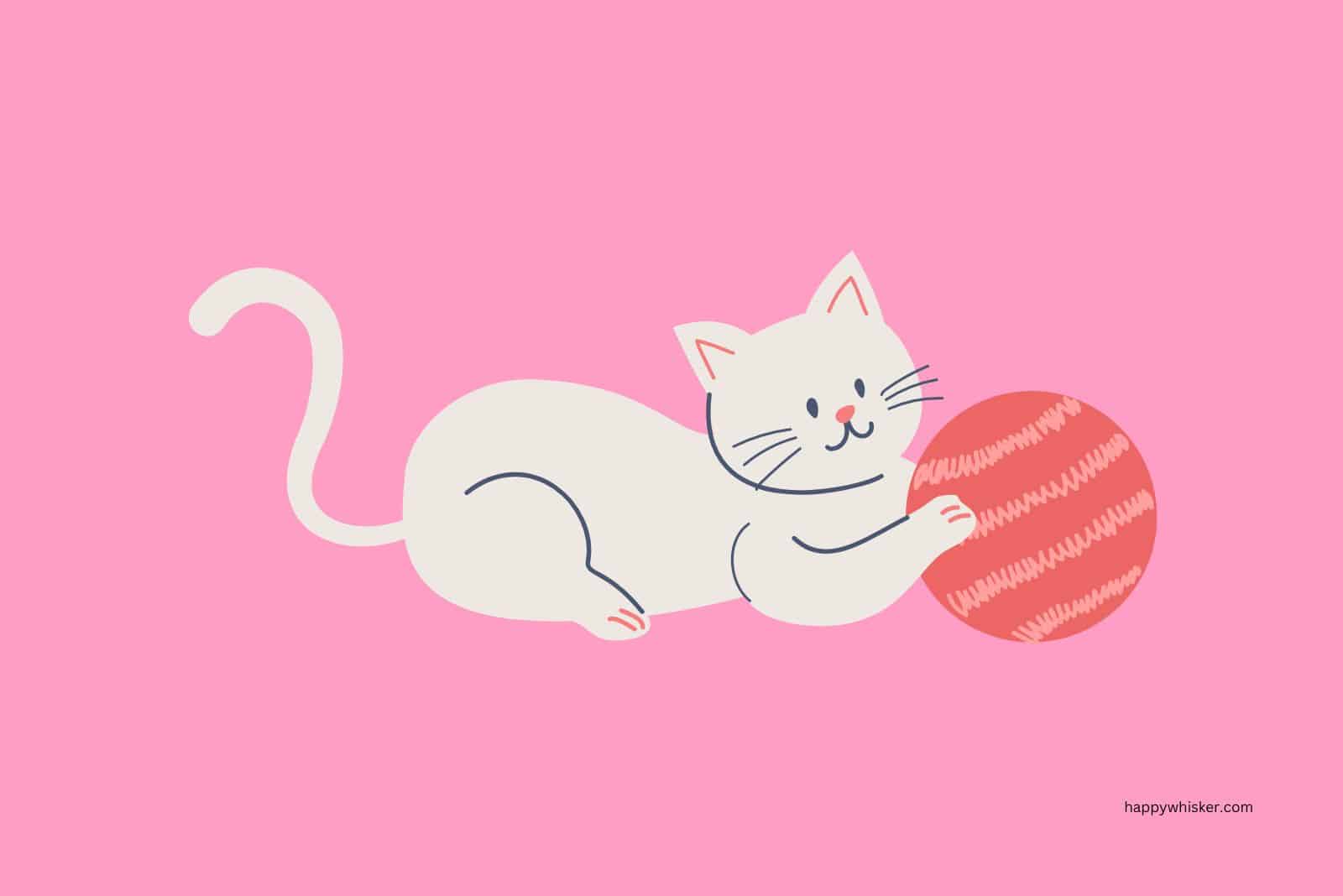
It’s ok if your cat likes to play with a string or chase it around, but that doesn’t mean you should let your cat play with a string alone.
We are, after all, talking about pets which are widely known for their curiosity, because of which they can be harmed or suffer serious injuries. A piece of string can cause a number of problems. Your cat can get tangled up if the string is long enough.
The string could get tangled around your cat’s leg or neck, leading to suffocation or some other serious injury. If your cat eats or swallows a bit of string, it can lead to intestinal blockage, which will require veterinary treatment.
Any time your cat is to play with a string is to be monitored. I know you cannot always keep an eye on your cat, but try to hide away any dangerous items so that your cat doesn’t get into trouble when you’re not around.
Final Thoughts
Domestic cats, even though we sometimes tend to treat them like babies, are born hunters. They’re not called “mousers” for no reason. Many cat breeds were kept on boats, farms, etc., with the goal of keeping mice and other vermin away.
You notice your kitty playing with a string, and you immediately wonder why do cats like strings so much? Despite the movement and the resemblance to prey or prey’s tail, cats mostly like strings because it means playtime with their owners.
You just have to watch out for which type of string you use; make sure you’re using high-quality strings so your playtime is safer.
Almost any plaything can be as harmful as it is good for our pets, so always choose them with precaution and monitor your cat’s playtime.



